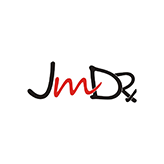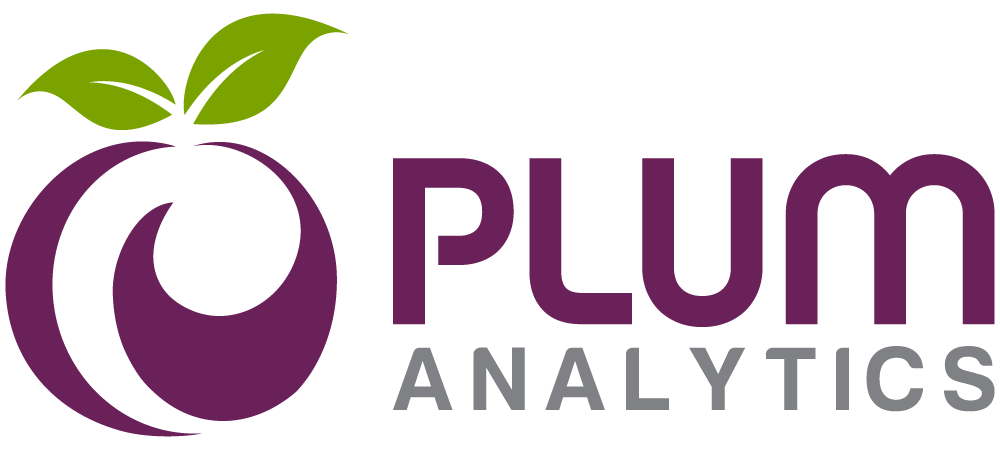

Journal of Multidisciplinary Dental Research
Volume: 10, Issue: 2, Pages: 74-80
Review Article
Anand S Tegginamani1,∗, H S Vanishree2
1Associate Professor, Faculty of Dentistry, SEGi University, No 9, Jalan Teknologi, Kota Damansara PJU 5, 47810, Petaling Jaya, Selangor, Malaysia
2Senior Lecturer, Faculty of Dentistry, SEGi university, Kota Damansara, Malaysia
*Corresponding Author
Email: [email protected]
Received Date:04 December 2024, Accepted Date:27 December 2024, Published Date:30 December 2024
Although medical care has become much more sophisticated over the past century, little has changed in terms of medical education methodologies. Currently, traditional clinical education mostly depends on a single modality, i.e., the lecture-based learning (LBL) teaching technique, where students listen while their teacher lectures. To compensate for the drawbacks of the LBL teaching mode, medical teaching reform has established a range of teaching modes: Problem-Based Learning (PBL), Case-Based Learning (CBL), and Team-Based Learning (TBL). The most employed of which are Problem-Based Learning (PBL) and Case-Based Learning (CBL), both were promoted and used in medical schools in the United States, Europe, Britain, and other countries. Human cases are utilized as a teaching technique in several medical professions to help relate theory to practice and impart relevance through case-based learning. CBL is the term used to describe the use of clinical cases as tools for learning. Currently, CBL is applied extensively in a variety of healthcare settings, including medicine, dentistry, child development, allied health, nursing, occupational therapy, and other allied health fields. In this review, we explore the advantages and disadvantages of CBL.
Keywords: Active learning, Case-based learning, Dental education, Medical education, Small group learning
© 2024 Published by International Dental Educationists’ Association (IDEA). This is an open-access article under the CC BY license (https://creativecommons.org/licenses/by/4.0/)
Anand S Tegginamani, H S Vanishree. The Benefits and Limits of Case-Based Learning (CBL): A Concise Review. J Multi Dent Res. 2024;10(2):74–80. https://doi.org/10.38138/JMDR/v10i2.26
Subscribe now for latest articles, news.

